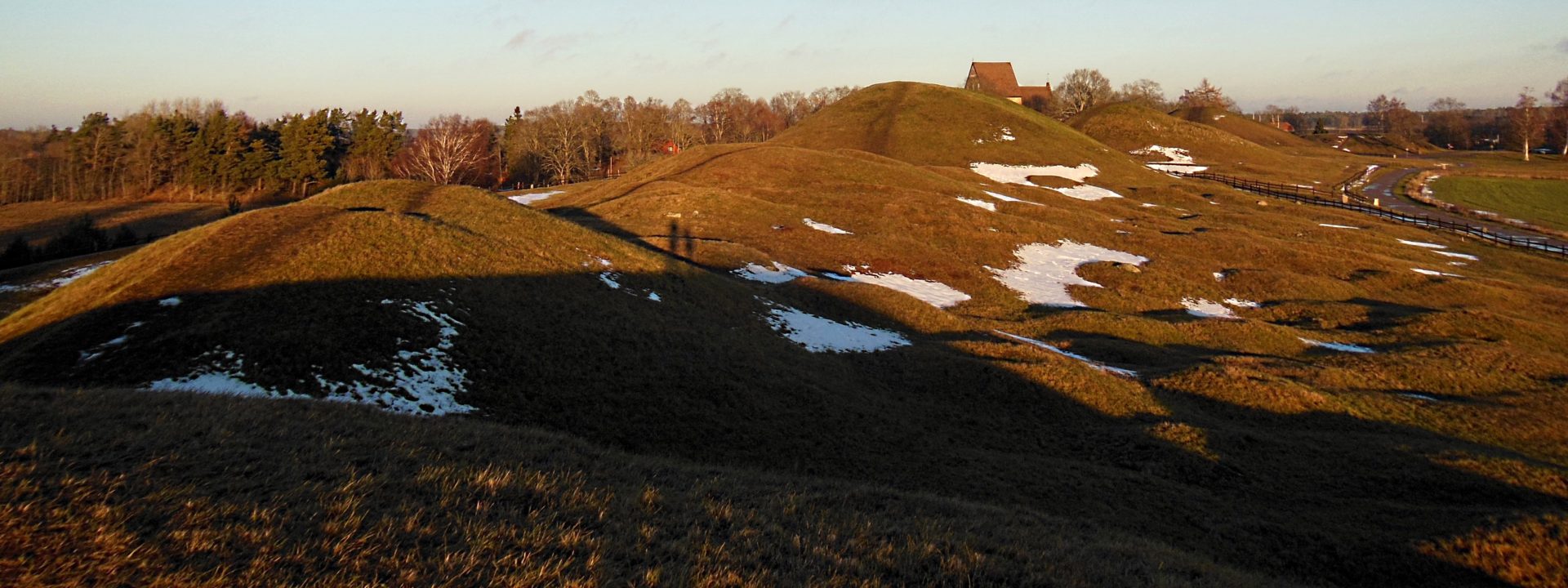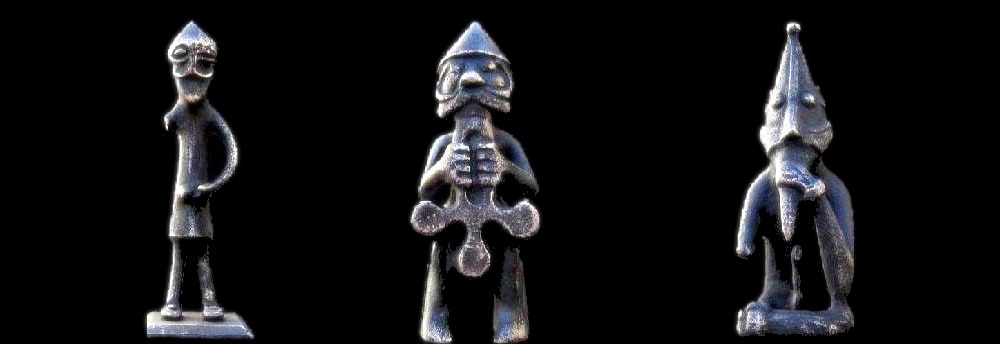My Top Five of Sweden
In the continuing series (check out the rest of Scandinavia too with Norway, Finland, and Denmark), my top picks of Sweden!
Gamla Uppsala, Uppsala
Gamla Uppsala is the original site of the city of Uppsala. The present day location of the city was originally called, “Östra Aros,” and overtook Gamla Uppsala in importance in the 1200’s. Prior to that, Gamla Uppsala had been an important religious, economic, and political centre since as early as the 3rd century AD. Today, around 250 barrows (including the Royal Mounds) and the old church finished in the 12th century remain, along with a newer museum. It would have been even better in the summer, when the property would have been filled with staff in costumes and the restaurant would have been open to the public, but we still had a great time. There were a lot of signs telling us about the area, the Royal Mounds, etc. and we had the place mostly to ourselves! We could walk around the grounds for free, and paid to go into the museum as well. The museum was small, but had some neat photos of the area back when it was a public place to downhill ski.


